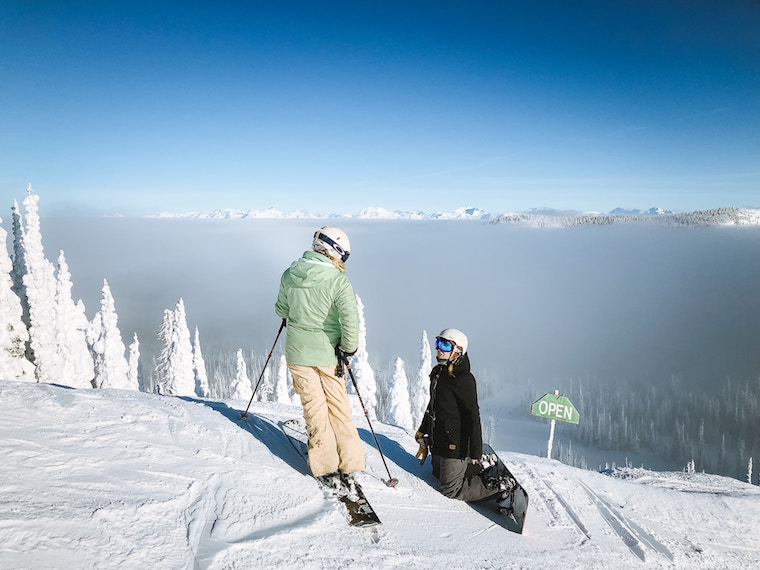Get the Benefits of Winter Sports without Injuries
Winter activities such as skiing, snowboarding, ice skating, ice hockey and sledding are invigorating ways to experience the great outdoors during the cold months of the year. They’re high speed and therefore can also be perilous, causing many common injuries. These include fractures, sprains, strains, concussions and dislocations. Snowboarders tend to have more wrist injuries as well as tailbone contusions and concussions whereas skiers have more knee injuries.1
Take care of yourselves and properly prepare children for outdoor winter activities. Here are a dozen precautions to take when participating in winter sports:
- Wear the appropriate protective gear such as helmets, goggles, wrist guards, knee and elbow pads, as well as sunscreen. Check out Nikken KenkoTherm® Wraps for comfortable support for muscles, ligaments and joints.
- Make sure all equipment is in good working order.
- Wear layers of clothing that include a breathable base layer, one or two insulating layers and a water- and windproof outer layer to help you stay warm and dry. Layering helps accommodate your body’s changing temperature.
- Wear comfortable footwear for warmth, dryness and ankle support. If you have weak ankles to begin with, try wrapping them with KenkoTherm DUK® Tape for extra support before putting on your Nikken Sport Socks.
- Stay hydrated. Breathing cold air can be dehydrating, so bring along a good size water bottle and sip steadily. Convenient and giving you the bonus of ultra high-tech filtration, the eco-friendly PiMag® Sport Bottle with you everywhere. is a must-have carry-along. Orthopedists recommend drinking a pint before exercising and another pint after you’re done, with sipping every 20 minutes or so in between.3
- Warm up. Cold muscles, tendons and ligaments are more injury-prone.
- After warming up, stretch. Hold each stretch for 10 to 20 seconds, then slowly and carefully release it. Inhale before each stretch and exhale as you release. Do each stretch once, always with control and never bounce on a fully stretched muscle.2
- Learn how to fall. Shoulder, elbow and wrist injuries can result from trying to brace a fall. According to the Canadian Ski Patrol, the harder you try to stay upright, the harder it is on the knees and the more risk of ligament breaks, strains or tears.4
- Do not ice skate on frozen lakes, rivers or ponds unless you are absolutely sure they have not started to thaw. The safest way is to ice skate on frozen water masses only where posted signs indicate it’s safe.
- If snowshoeing or cross-country skiing, be sure to bring a map and a compass. Also be constantly vigilant of changing weather conditions.
- Never participate alone in a winter sport. If you must go alone, be sure to inform friends and family of your location and expected time of return.
- Know your limitations and those of your children. Unless you are an athlete training under supervision, rest when tired, and choose slopes and maneuvers that match your skill level.
One of the most enjoyable parts of winter sports is the rest and relaxation afterwards! Why not revive yourself with a hot cup of Kenzen Ten4® Energy Drink Mix and treat yourself to a gentle massage with KenkoTouch®? And How about a deep penetrating cream that will be a blessing to your joints, sore muscles and sun burn...CM Complex Cream.
For more information go to www.nikken.com/na/jsj or call 713-725-1842 for John St. John to help you personally. Have a Blessed Day and a fun and safe winter sports season!
For more information go to www.nikken.com/na/jsj or call 713-725-1842 for John St. John to help you personally. Have a Blessed Day and a fun and safe winter sports season!

No comments:
Post a Comment